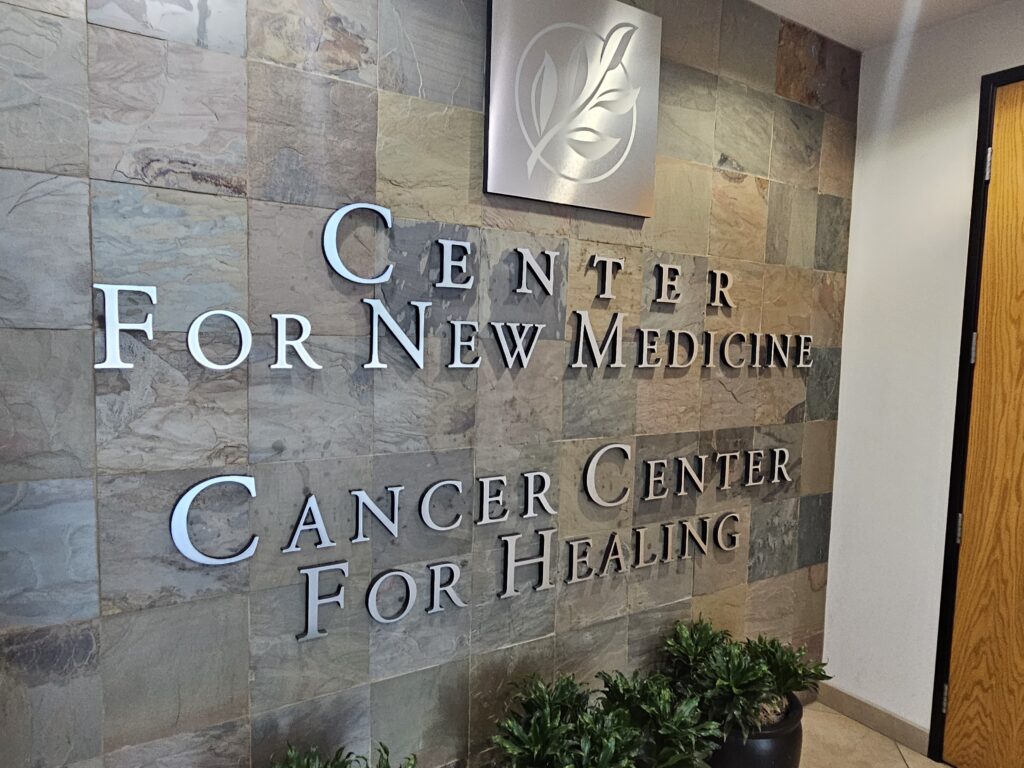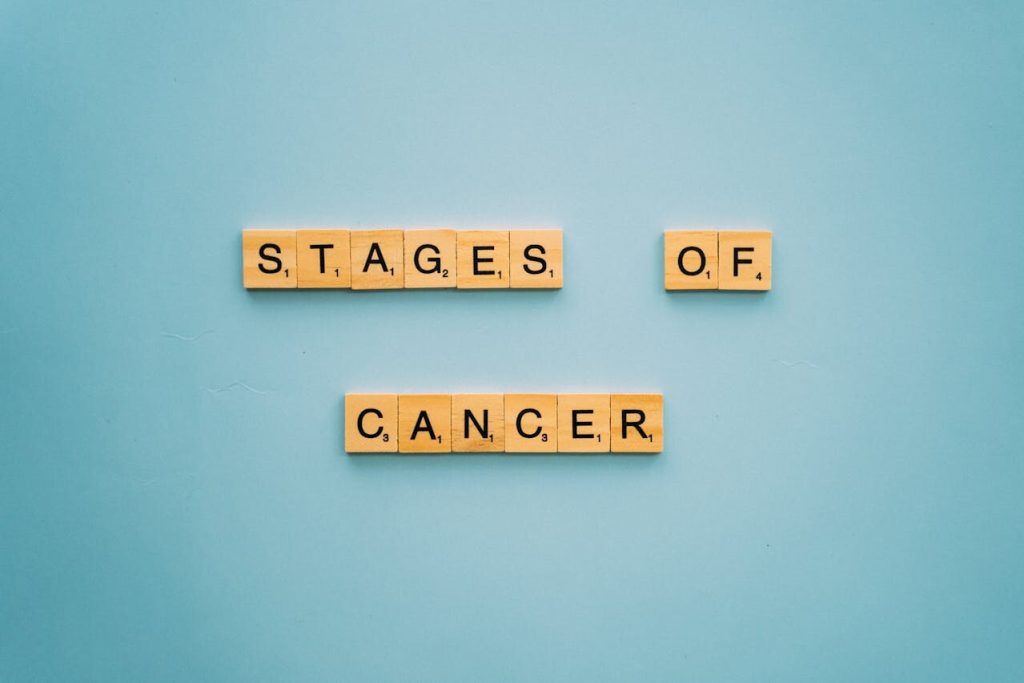Cancer is a complex disease that can affect many different areas of the body, including the lymph nodes. Lymph nodes are small, bean-shaped structures that play a critical role in the body’s immune system. When cancer cells are present in the lymphatic system, they can grow and spread, leading to a potentially life-threatening situation.
In this section, we will discuss the signs and symptoms of cancerous lymph nodes, specifically focusing on how they feel. It is crucial to be aware of these indicators as early detection plays a significant role in successful treatment.
Key Takeaways:
- Cancerous lymph nodes may feel hard or rubbery to the touch.
- They may also be tender or painful when pressed or touched.
- Other symptoms of lymph node cancer include swelling, fatigue, and unexplained weight loss.
Understanding Lymph Nodes and Their Functions
Lymph nodes are small, bean-shaped glands located throughout the body, usually in groups. They are a part of the lymphatic system, which is responsible for maintaining fluid balance and filtering harmful substances from the body.
The lymphatic system acts as a drainage system, collecting excess fluid and waste products from tissues and transporting them to the bloodstream. Lymph nodes play a crucial role in this process by filtering lymphatic fluid and trapping foreign substances, such as bacteria, viruses, and cancer cells, before they can travel through the body.
Once trapped, these harmful particles are destroyed by immune cells within the lymph node, preventing them from spreading further. If cancer cells are present within the lymphatic system, they can also become trapped in the lymph nodes, leading to the development of lymph node cancer.
Lymph nodes are found throughout the body, with clusters located in areas such as the neck, underarms, abdomen, and groin. The number and size of lymph nodes can vary between individuals, and the function of specific groups of nodes can also differ.
Characteristics of Cancerous Lymph Nodes
When lymph nodes become cancerous, their appearance and texture may change, and they may feel different to the touch. Here are some key characteristics that may indicate a lymph node is cancerous:
- Hardness: Cancerous lymph nodes may feel harder than normal lymph nodes, which tend to be soft and pliable.
- Size: Cancerous lymph nodes may be larger than normal lymph nodes, and they may continue to grow over time.
Other potential indicators of cancerous lymph nodes may include:
- Tenderness: While some cancers may cause pain or tenderness in the affected area, others are painless.
- Fixed in place: Cancerous lymph nodes may feel “stuck” or immobile, rather than freely moving under the skin.
- Shape: Cancerous lymph nodes may have an irregular shape, rather than the round or oval shape of normal lymph nodes.
It is important to note that some of these characteristics may also be present in non-cancerous lymph nodes in certain circumstances. Therefore, it is crucial to consult with a healthcare professional if you notice any changes or abnormalities.
Signs and Symptoms of Lymph Node Cancer
Lymph node cancer, or lymphoma, can present a variety of signs and symptoms. While some individuals may not experience any noticeable indicators, others may have several. The following are common signs and symptoms of lymph node cancer:
- Enlarged lymph nodes that may feel hard or rubbery to the touch
- Painless swelling in the neck, armpits, or groin
- Unexplained weight loss
- Fever and chills
- Night sweats
- Loss of appetite
- Fatigue and weakness
- Itchy skin
- Breathing difficulties
If an individual experiences any of these signs or symptoms, it is important to seek medical attention promptly. While these indicators may not necessarily be caused by lymphoma, timely evaluation and diagnosis can help ensure the best possible outcome.
Palpating Cancerous Lymph Nodes
Palpation, or the act of examining the body through touch, can be a useful technique in detecting cancerous lymph nodes. During a physical exam, healthcare professionals may assess lymph nodes by palpating them to determine if they are enlarged or abnormally shaped.
In some cases, healthcare professionals may also use imaging tests, such as ultrasound or MRI, to further evaluate potential malignancies. However, palpation remains a crucial component in the diagnostic process, as it allows for a hands-on assessment of lymph nodes and can identify abnormalities that may not be visible through imaging alone.
The Appearance of Cancerous Lymph Nodes
The appearance of cancerous lymph nodes can provide valuable information for healthcare professionals during the diagnostic process. When evaluating lymph nodes, visual cues such as size, shape, and texture are important indicators of potential malignancies.
In general, cancerous lymph nodes will appear larger than noncancerous lymph nodes. However, it is important to note that size alone is not always an accurate predictor of malignancy, as some noncancerous lymph nodes may also be enlarged due to infections or inflammation.
The shape of a cancerous lymph node may also be different from a healthy lymph node. Cancerous lymph nodes may appear irregular or asymmetrical, with an uneven surface. In contrast, noncancerous lymph nodes tend to have a smooth and round shape.
Finally, the texture of a cancerous lymph node may be firmer than a healthy lymph node. This is due to the presence of cancerous cells, which can cause the tissue to become denser and less pliable. Noncancerous lymph nodes, on the other hand, tend to be softer to the touch.
Evaluation and Diagnosis of Cancerous Lymph Nodes
When a potential cancerous lymph node is identified, healthcare professionals utilize various diagnostic procedures to confirm or rule out malignancy.
The first step typically involves a physical examination and medical history review. During the physical exam, the healthcare professional will palpate, or feel, the lymph nodes for any abnormalities in size, shape, or texture. They may also perform a biopsy, removing a small sample of tissue for examination under a microscope.
Imaging tests, such as ultrasound, MRI, or CT scans, may also be used to evaluate the lymph nodes and surrounding tissues. These tests provide detailed images that can help detect any tumors or abnormalities.
Blood tests may also be ordered to assess for any markers or indicators of cancer. If cancer is detected, further testing may be necessary to determine the type and stage of cancer.
Holistic Treatment Modalities at the Cancer Center for Healing
The Cancer Center for Healing in Irvine, CA, offers a range of holistic treatment modalities to complement traditional cancer treatments. Under the guidance of Dr. Leigh Erin Connealy, a renowned integrative medical oncologist, the center aims to address the physical, mental, and emotional aspects of cancer care.
The center’s approach is centered around personalized and integrated treatment plans that cater to the unique needs of each individual. The team of healthcare professionals works collaboratively to develop comprehensive plans that incorporate a variety of treatment modalities, including:
| Therapy Type | Description |
|---|---|
| Nutrition Therapy | This modality involves using food as medicine to support the body’s natural healing processes and improve overall health. |
| Acupuncture | This ancient Chinese practice involves the insertion of small needles into specific points on the body to promote healing and pain relief. |
| Chiropractic Care | This approach involves the manipulation of the spine to improve alignment, reduce pain, and promote overall wellness. |
| IV Therapy | This modality involves the infusion of vitamins, minerals, and other nutrients directly into the bloodstream to improve immune function and support overall health. |
In addition to these modalities, the center also offers a range of other therapies, including massage therapy, meditation, and yoga.
The Cancer Center for Healing’s approach is grounded in the belief that cancer care should be comprehensive and address the whole person, not just the disease. By using a variety of evidence-based therapies and treatments, the center aims to provide patients with the best possible outcomes.
Comprehensive Cancer Care for All Types
The Cancer Center for Healing believes in offering a personalized approach to cancer care, recognizing that each individual’s needs are unique. Their comprehensive treatment plans are designed to address the whole person, including their physical, emotional, and spiritual well-being.
At the Cancer Center for Healing, they employ a variety of proven integrative treatments, including IV vitamin and mineral therapy, immune-enhancing therapies, and detoxification protocols. These treatments are designed to work synergistically with conventional cancer treatments, improving outcomes while minimizing side effects.
Integrated Treatment Plans for Various Types of Cancer
The Cancer Center for Healing provides customized treatment plans for a wide range of cancer types, including breast cancer, prostate cancer, lymphoma, and leukemia. Their team of experienced healthcare professionals works collaboratively with patients and their families to create an individualized plan of care that meets their specific needs.
As part of their integrative approach to cancer care, the center offers a range of support services, including nutritional counseling, psychotherapy, and meditation and mindfulness training. These services are designed to help patients manage the emotional and psychological challenges of cancer diagnosis and treatment.
Schedule a Consultation at the Cancer Center for Healing
If you or a loved one is seeking holistic cancer care, contacting the Cancer Center for Healing can be a vital next step. With a comprehensive approach to cancer treatment and holistic therapy options, the center offers a unique and personalized approach to cancer care. Scheduling a consultation can help you learn more about how their treatments can complement traditional cancer therapies and aid in your healing process.
To schedule a consultation with the Cancer Center for Healing, please call (949) 581-4673 or visit their website at www.cancercenterforhealing.com.
Conclusion
Being aware of the signs and symptoms of a cancerous lymph node is essential in ensuring early detection and effective treatment. It is crucial to understand the function of lymph nodes and how they can be affected by cancer. Palpation, appearance, and diagnostic procedures are all important in identifying potential malignancies, and seeking medical attention promptly can make a significant difference.
The Cancer Center for Healing, located in Irvine, CA, offers comprehensive and holistic cancer care. Dr. Leigh Erin Connealy and her team provide personalized treatment plans that cater to the unique needs and challenges of each individual. They offer a range of holistic therapies that complement traditional cancer treatments, providing a comprehensive approach to cancer care.
If you or a loved one are seeking holistic cancer care, scheduling a consultation at the Cancer Center for Healing may be a beneficial next step. Their integrated and comprehensive approach to cancer care provides hope and healing for individuals facing various types of cancer.
FAQ
Q: What Does a Cancerous Lymph Node Feel Like? | Signs & Symptoms
A: In this section, we will discuss the signs and symptoms of cancerous lymph nodes, specifically focusing on how they feel. It is crucial to be aware of these indicators as early detection plays a significant role in successful treatment.
Q: Understanding Lymph Nodes and Their Functions
A: Before diving into the characteristics of cancerous lymph nodes, it is important to have a basic understanding of what lymph nodes are and their role in the body. This section will provide a brief overview of the lymphatic system and the functions of lymph nodes.
Q: Characteristics of Cancerous Lymph Nodes
A: In this section, we will explore the key characteristics that may indicate a lymph node is cancerous. Understanding these features can help individuals identify potential warning signs and seek medical attention promptly.
Q: Signs and Symptoms of Lymph Node Cancer
A: This section will delve into the various signs and symptoms that may be present when lymph nodes are affected by cancer. Recognizing these indicators can aid in early detection and prompt treatment.
Q: Palpating Cancerous Lymph Nodes
A: Palpation, or the act of examining the body through touch, can be a useful technique in detecting cancerous lymph nodes. This section will discuss how healthcare professionals assess lymph nodes and identify potential malignancies.
Q: The Appearance of Cancerous Lymph Nodes
A: This section will explore the visual appearance of cancerous lymph nodes, including their size, shape, and texture. Understanding these visual cues can provide valuable information for healthcare professionals during the diagnostic process.
Q: Evaluation and Diagnosis of Cancerous Lymph Nodes
A: Once a potential cancerous lymph node is identified, further evaluation and diagnosis are necessary for confirmation. This section will outline the diagnostic procedures commonly used to assess and diagnose lymph node malignancies.
Q: Holistic Treatment Modalities at the Cancer Center for Healing
A: The Cancer Center for Healing, located in Irvine, CA, offers a comprehensive approach to cancer care. Under the guidance of Dr. Leigh Erin Connealy, they provide holistic treatment modalities that complement traditional cancer treatments. This section will highlight the various holistic therapies available at the center.
Q: Comprehensive Cancer Care for All Types
A: The Cancer Center for Healing takes a comprehensive approach to cancer care, addressing the unique needs and challenges of each individual. This section will explore the integrated treatment plans offered by the center and how they cater to different types of cancer.
Q: Schedule a Consultation at the Cancer Center for Healing
A: If you or a loved one are seeking holistic cancer care, scheduling a consultation at the Cancer Center for Healing may be a beneficial next step. This section will provide contact information for the center, encouraging readers to reach out and learn more about their services.











